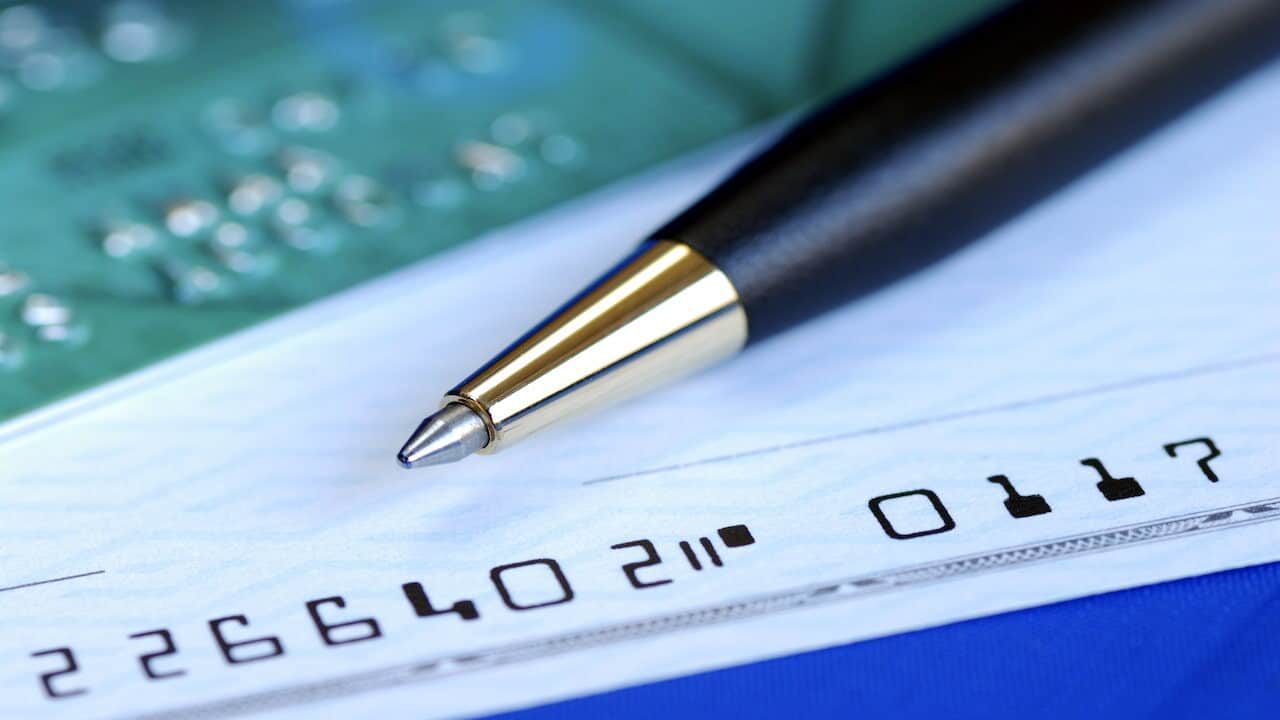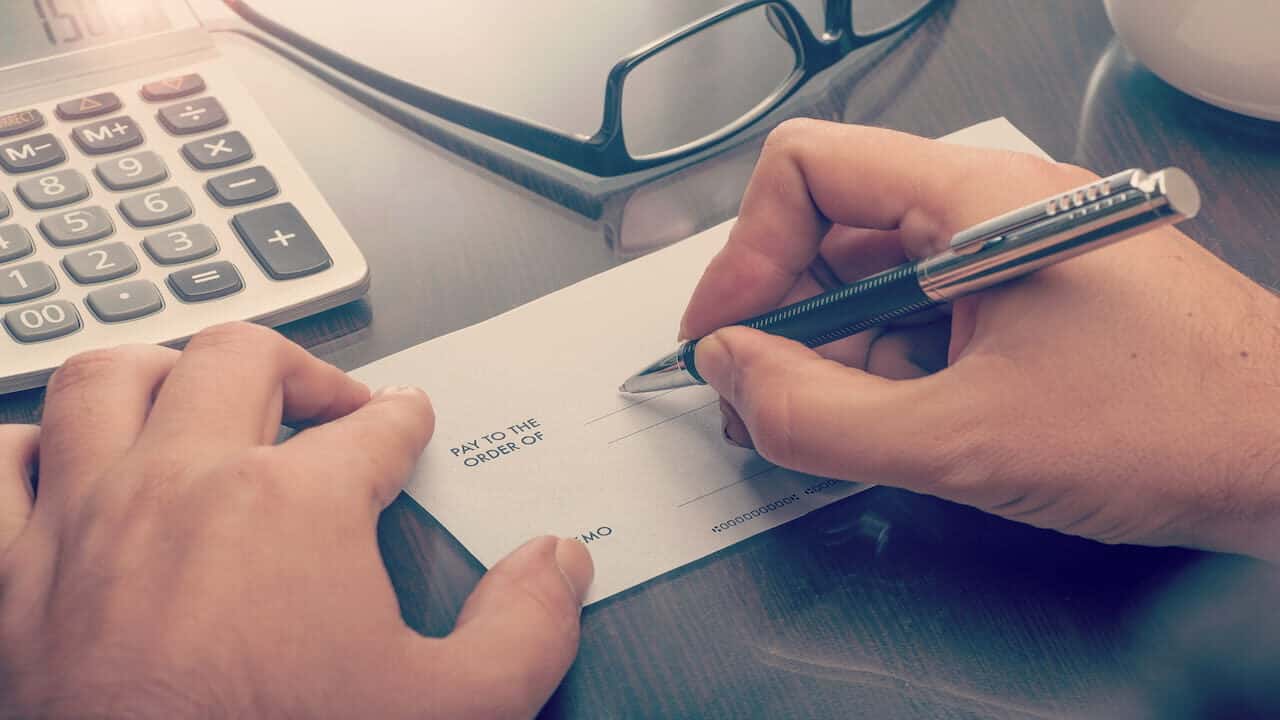Introduction
A void cheque is a cheque with the word “VOID” written across the front. A void cheque can be used for a variety of reasons. Writing “VOID” on a cheque prevents anyone from filling out the information on the cheque and using it to withdraw money from your account. The majority of the best chequing accounts in Canada should be able to provide you with a chequebook for payment and voiding purposes.
A void cheque is invalidated and can not be used for payments or deposits. However, they are very useful tools for many Canadians. A void cheque is the easiest way of providing your account number and other banking information that a payer or payee would need to know. This allows an electronic link to be set up to your bank account.
When voiding a cheque, it is very important that you void it correctly. A cheque that has been voided incorrectly could result in your accounts becoming compromised or an unauthorized individual being able to withdraw money from your bank account.
Today we are going to look at the benefits of using a void cheque and how to correctly void them.
Reasons for Voiding a Cheque
A void cheque can be a useful tool for many Canadians. You cannot use them to make payments but they can have other important functions including:
- To set up direct deposit – Your employer may request a void cheque to set up a direct deposit and send you electronic payments. This ensures they have your accurate account information. They can then deposit money directly into your bank account. The Human Resources (HR) department at your place of work may also require you to submit a voided cheque for their records.
- Automated loan payments – This may include your car loan, student loan and other personal loans. By providing a voided cheque to the lender, they will be able to set up your repayments electronically. This means the funds will be automatically deducted from your account. Many companies offer a better rate for those making automatic repayments.
- Pre-authorized payments – These are any expenses that you pay on a regular basis. Pre-authorized payments may include your mortgage and utility bills. By providing a voided cheque, you can set up automatic payments.
- To correct mistakes – If you make a mistake when filling out a cheque, you shouldn’t simply dispose of the cheque. If the cheque has not been voided, someone may be able to use the cheque to take money out of your account. Always void a cheque that has been partially filled.
How to Void a Cheque – Instructions
Voiding a cheque is surprisingly easy. Tear the cheque out of your chequebook and write “VOID” in large letters across the entire cheque. Make sure the letters are spaced out so they fill all the fields on the cheque. Ensure you use a dark pen with permanent ink so there is no possibility anyone can erase the writing.
It is important that the banking information at the bottom of the cheque is still visible. These numbers will include your account number, the branch number of your bank, the cheque number and the number of your bank or financial institution. These numbers can be used to set up the electronic link to your account.
Once you submit your voided cheque and your bank account has been linked electronically, the cheque should be destroyed or shredded. If you are unsure, check how the person or company that you have given your cheque to disposes of or destroys the paper.

What to Do if You Do Not Have a Chequebook
If you do not have a chequebook but your employer or another company requires your banking information or wants to create a link with your bank account, you have several other options available.
- Download a Direct Deposit Form or a Pre-Authorized Debit Form from your online banking account. These forms have all of your account information printed on them. You can access the form online and print it off and send it to the organization that requires your information.
- Request a Counter Cheque from your bank. You will have to attend the bank in person to collect this. Bear in mind, there may also be a small fee attached.
- Ask for a deposit slip book. Each deposit slip has your pre-printed account information on there and can be used in replacement of a cheque.
How to Void a Cheque You Have Already Sent
If you have sent a cheque in error or later realize you do not want the payment to process, you may be able to void the cheque at a later date. This is only possible if the payments haven’t been processed and the money hasn’t been deposited into the account of the payee.
To void a cheque that has already been sent, you must make a stop payment request. There is likely to be a fee attached to this process. The amount varies depending on the bank you use and the type of account you have.
Write “VOID” Across Signature Line
When voiding a cheque, it is important that you also remember to void the signature box. This box should be in the bottom right corner of your cheque. If the signature box is blank, you just need to write the word “VOID” on the signature line. If you have already signed the cheque, you will also need to draw a line through your signature.
Write “VOID” Across the Front and the Back of the Cheque
The easiest way to void a cheque is to print “VOID” in large letters across the front of the cheque. Make sure you cover as much of the cheque as possible. If the cheque already has writing on it, such as the payee’s financial information, ensure “VOID” is written in a way that makes it clear and visible. It is best to use a dark blue or black pen and print “VOID” in block capitals.
Although it is not necessary to void the back of the cheque, doing this ensures that it is immediately visible that the cheque has been voided.
You could also choose to void each part of the cheque individually. Using a dark blue or black pen, write “VOID” on the payee line. You should then also add “VOID” to the payment amount box and any other area of the paper that has writing on it.

Remember to Keep Records
Even though a void cheque has not been used for a payment you should still make a note of the cheque. This will help to keep your financial records up to date. To make sure your records are accurate, you could:
- Record the void cheque in your chequebook or cheque register. You could also note down additional information, such as the date and the reason you voided the cheque.
- Use your online banking software to record the voiding. If the cheque was used to provide your personal and financial information, you can then use your online banking to track any payments and deposits online to make sure they have been set up correctly.
The Bottom Line
Void cheques have many different uses. They can provide your account number and other banking information so that your employer can pay you electronically. They can also be given to loan providers and other organizations to set up a pre-authorized payment.
The majority of banks in Canada should be able to provide you with a chequebook that is connected to your bank accounts. Not only can you make a payment using your chequebook, but you can also use it to write voided cheques. If you are unsure, speak to the teller at your bank or order a chequebook via your online banking.
Make sure that you track any incoming or outgoing payments online. You should also keep a record that you fill in with any information you may need in the future regarding your void cheques.